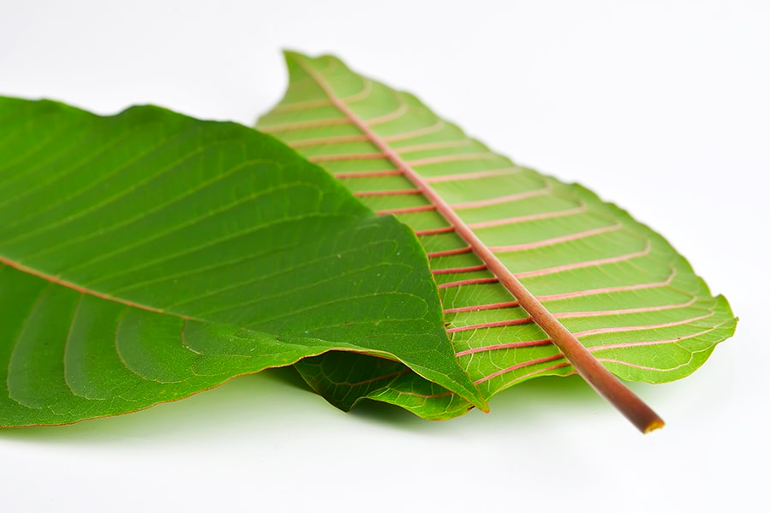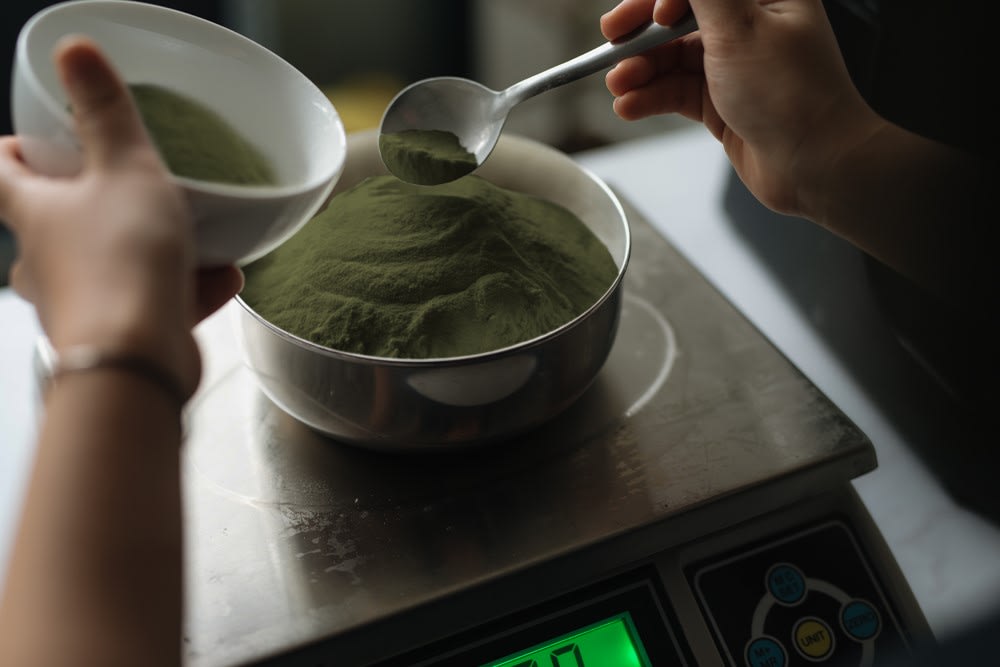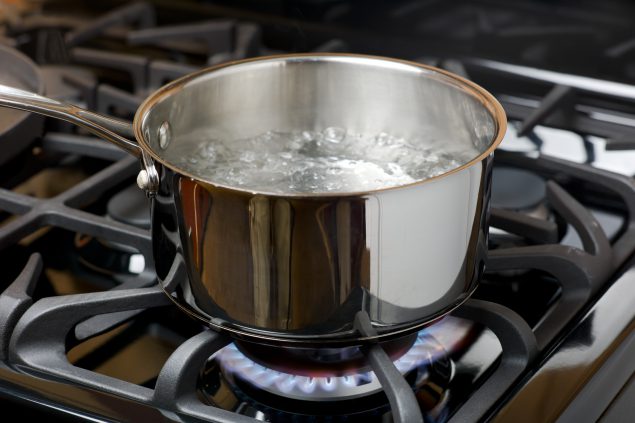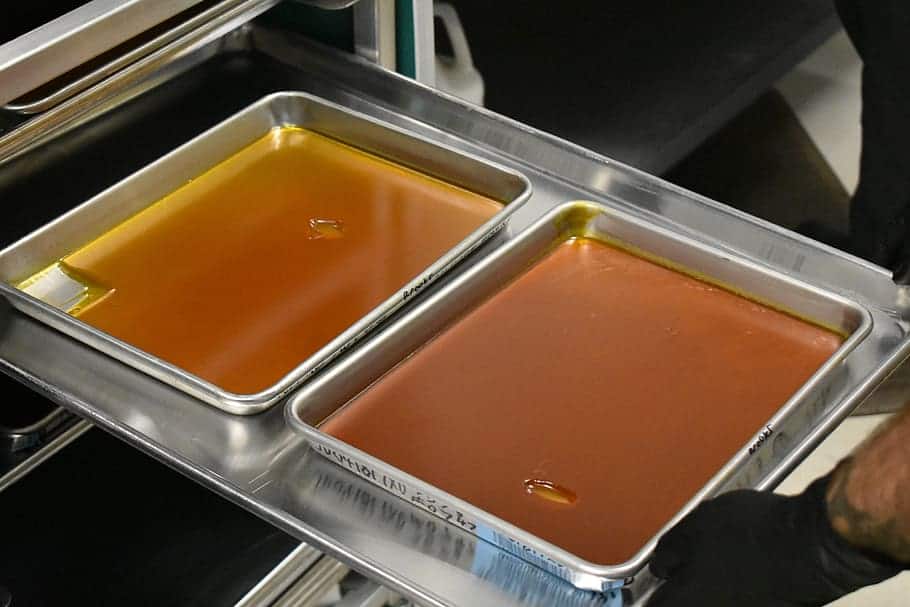Did you know that there are hundreds of different teas?
While many teas are similar plants harvested and prepared in different ways, many teas are made from other plants. These botanical beverages, also referred to as herbal infusions or tisanes, are unique and lesser-known, but that doesn’t make them any less impactful worldwide.
Botanical teas made from herbs and plants around the world have unique properties. It’s time to learn more about these teas, including one of our favorites kratom tea, and see if any of them would be interesting for you to try. Let’s get into it.
Kratom Tea
Today’s list is going to start with our specialty: kratom tea. Kratom tea, made from leaves harvested from the kratom tree, is a specialty tea that has a long, rich history in parts of Southeast Asia. Locals in areas where kratom trees grow have long used this tea in ceremonies and as a daily drink to enhance productivity and unwind after the workday.
Today, this botanical tea is used worldwide by kratom lovers who have found the plant’s benefits to be amazing!
Kratom tea is easily brewed at home from the kratom tree’s leaves, and there are many different types of leaves. Depending on how the leaves are harvested and dried, the leaves have different chemical compositions. Once made into tea, the effects of the tea vary as well.
While kratom tea can be enjoyed iced, most people like it hot with honey and citrus mixed to help balance out the bitterness of the natural tea flavor. Beyond the great tea it makes, there are many cool things to learn about kratom.
Keep checking out more of our resources here at Left Coast Kratom to see what else is interesting to you. Definitely try our new kratom tea bags for an easy alternative to brewing kratom leaves.
Ginger Tea
Ginger is known for its intense, somewhat fiery flavor, but have you ever had ginger tea?
Many people know that ginger can ease tummy distress in things like ginger ale, but they don’t always realize that the powerful effects of ginger root can also be infused into teas. Ginger can be brewed as a completely herbal tea, but it is often mixed with green or black tea for a more interesting blend.
Ginger has long been shown to positively affect numerous body systems and to support healthy digestion. By drinking ginger tea, most people find that they get the comfort of a hot cup of tea and can ease their stomach and stress.
Ginger teas can be caffeine-free if they are completely herbal, but many people prefer ginger black teas that allow them to get the fiery punch of ginger alongside the boost of caffeine from the black tea. No matter how you choose to enjoy it, there’s no doubt that ginger root has a lot of unique benefits in tea form.
Guayusa
Guayusa tea, like kratom tea, is an herbal infusion that has been used for hundreds of years where the play grows native. Guayusa is made from the leaves of a specific variety of holly vines. In parts of South America, such as Ecuador, guayusa tea has increased alertness while providing beneficial plant compounds and vitamins.
Guayusa shares another considerable similarity with kratom: there have not yet been enough studies to learn all of the potentially positive effects of this botanical. While traditional use suggests that guayusa tea can boost energy and provide other benefits, it will be some time until we can confirm that with scientific studies rather than anecdotes.
Early evidence, however, suggests that guayusa should be considered very similar to other teas like green tea or yerba mate, with very few potential side effects for humans.
Yaupon
The next tea we’ll cover is native to North America: yaupon. Yaupon is a plant that grows wild in parts of the southern United States. It has been traditionally used by native cultures to brew a strong tea with a heady, herbal taste.
Yaupon tea is brewed from a type of holly, making it very similar to some of the other teas we have discussed today. The plant varieties are different, but there are some considerable similarities between the historical teas of South and North America.
Yaupon tea is known to have a small amount of caffeine. Like green tea, it’s an excellent option for a morning or midday cup of tea if you just need a little bit of extra pick-me-up.
Yerba Maté
Many people describe maté as a tea with the punchy caffeine hit of coffee. In reality, however, yerba maté is neither tea nor coffee. Instead, it is best described as an infusion. Teas are infusions, but they are typically made from herbal or tea leaf sources. On the other hand, Yerba maté is made from the leaves and twigs of a specific South American plant.
Yerba maté has been described to have a robust and vegetal taste. This taste can be hard to adjust to, but people often feel the same way about coffee when they first taste it.
The history of how yerba maté is communally drunk in certain South American countries is fascinating to many people. Usually, people gather together for conversation and communion over the yerba maté. They use a gourd, a special straw that filters the leaves out, and a thermos of hot water to brew and share the infusion continually.
Kratom at Left Coast Kratom
If you’re interested in learning more about kratom, we invite you to check out more of our blog!
Here in the blog, we’re interested in making sure that people know as much as possible about kratom so that they have a complete understanding of this unique product. Kratom is being studied every day, so there is always more to learn. We keep the page updated with the latest information so that you can stay in the know about kratom.
Do you have any questions about kratom? Ask us today, and we’ll do our best to update the blog with more information.





